
Here starts a new series. I've been reading, that is...when I can pry it from my dear husband, a book on the subject of the interior life of souls. I'll post more on the book later. The part that spiked my interest especially was a portion on self annilhilation. First off, the term is very interesting, as I have a strong tendancy to be attracted to the radical side of Catholicism - I want it all, not just a little, not just a taste of Catholicism, I want the whole meal, dessert and all. Yep, that's me. In case you were wondering, I also fall far short of the ideals sainthood and interior perfection. In fact, the more I read holy books, the more I'm convinced that I have no virtue at all. Anyway - I found a saint I'd not heard of previously who is held up as THE model of self annilhilation. Here's his story...
St. Benedict Joseph Labre
Born: 26 March, 1748 at Amettes in the Diocese of Boulogne, France;
Died in Rome 16 April, 1783.
He was the eldest of fifteen children. His parents, Jean-Baptiste Labre and Anne-Barba Grandsire, belonged to the middle class and so were able to give to their numerous offspring considerable opportunities in the way of education. His early training he received in his native village in a school conducted by the vicar of the parish. The account of this period furnished in the life written by his confessor, Marconi, and that contained in the one compiled from the official processes of his beatification are at one in emphasizing the fact that he exhibited a seriousness of thought and demeanor far beyond his years. Even at that tender age he had begun to show a marked predilection for the spirit of mortification, with an aversion for the ordinary childish amusements, and he seems from the very dawning of reason to have had the liveliest horror for even the smallest sin. All this we are told was coexistent with a frank and open demeanor and a fund of cheerfulness which remained unabated to the end of his life.
At the age of twelve his education was taken over by his paternal uncle, François-Joseph Labre, curé of Erin, with whom he then went to live. During the six following years which he spent under his uncle's roof, he made considerable progress in the study of Latin, history, etc. but found himself unable to conquer a constantly growing distaste for any form of knowledge which did not make directly for union with God. A love of solitude, a generous employment of austerities and devotedness to his religious exercises were discernible as distinguishing features of his life at this time and constitute an intelligible prelude to his subsequent career.
At the age of sixteen he resolved to embrace a religious life as a Trappist, but having on the advice of his uncle returned to Amettes to submit his design to his parents for their approval he was unable to win their consent. He therefore resumed his sojourn in the rectory at Erin, redoubling his penances and exercises of piety and in every way striving to make ready for the life of complete self-annihilation to which the voice within his soul seemed to be calling him.
(source)
The Catholic Encyclopedia, Volume II. Published 1907. New York: Robert Appleton Company. Nihil Obstat, 1907. Remy Lafort, S.T.D., Censor. Imprimatur. +John M. Farley, Archbishop of New YorkMore in next post!


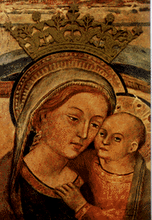
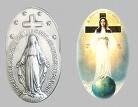



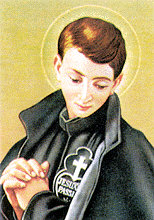
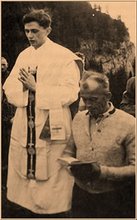
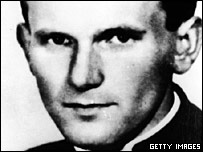
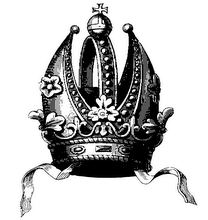
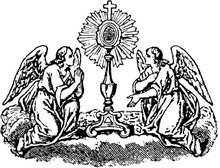
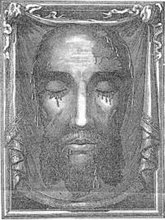
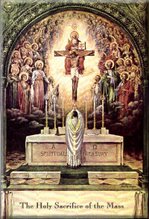

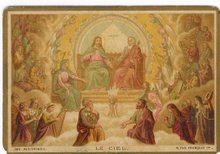



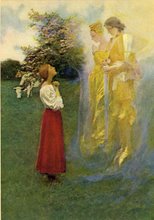
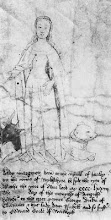01.jpg)


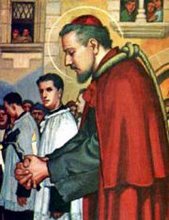

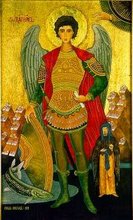

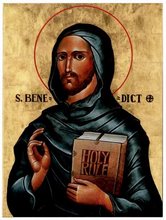




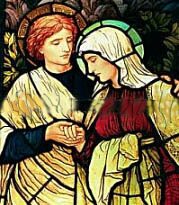





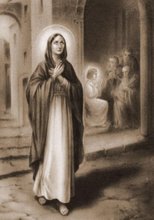
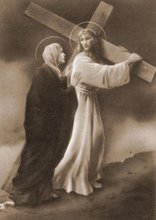
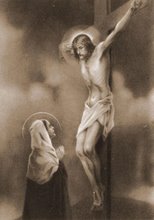
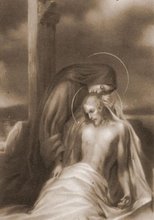
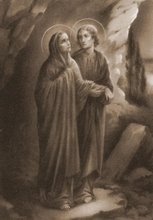
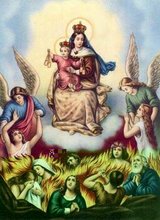

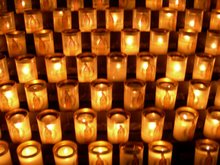
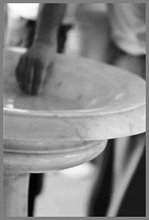
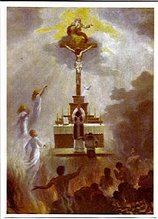


No comments:
Post a Comment